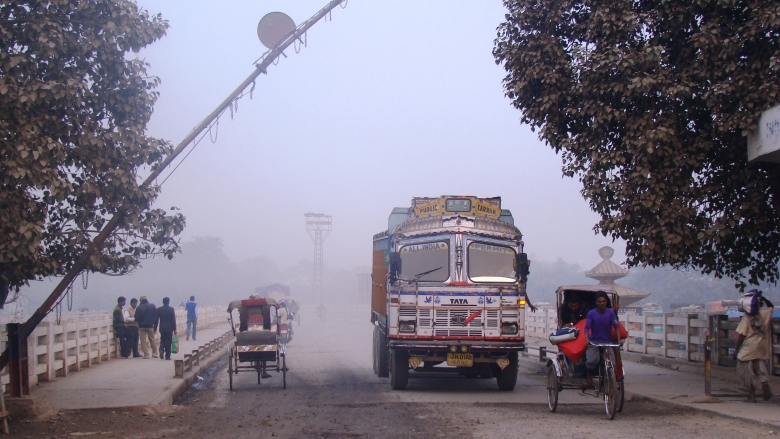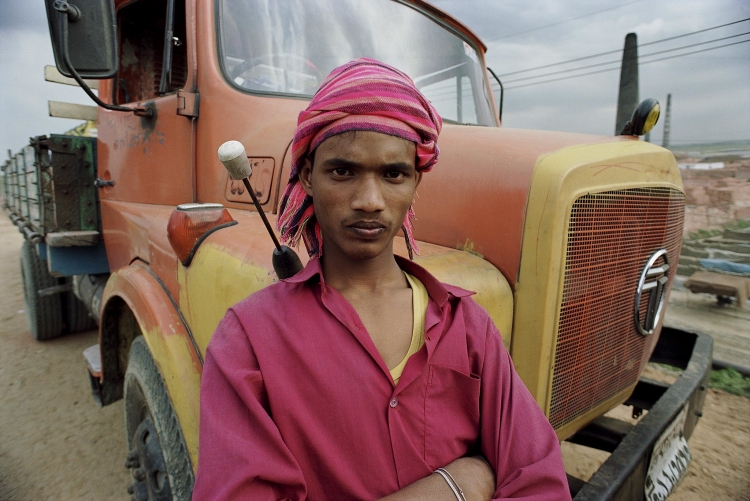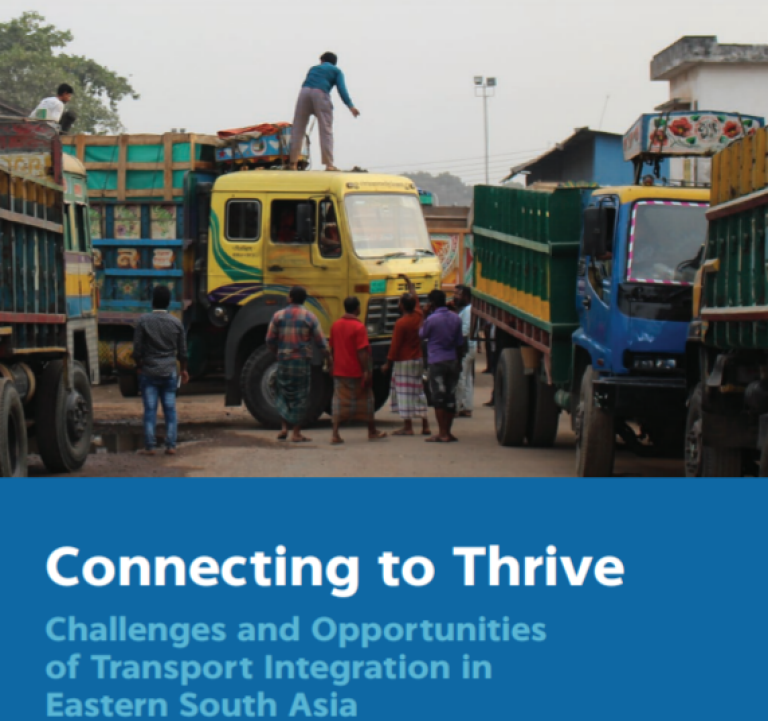Why #OneSouthAsia?
Transport
What's New
Publications
VIDEO

VIDEO
Connecting to Thrive
March 24, 2021 - Improving transport between Bangladesh and India would benefit people living on both sides of the border and help Bangladesh become an economic gateway linking South Asia and East Asia. World Bank research finds that seamless transport links would boost national incomes by up to 17% in Bangladesh and 8% in India.

















